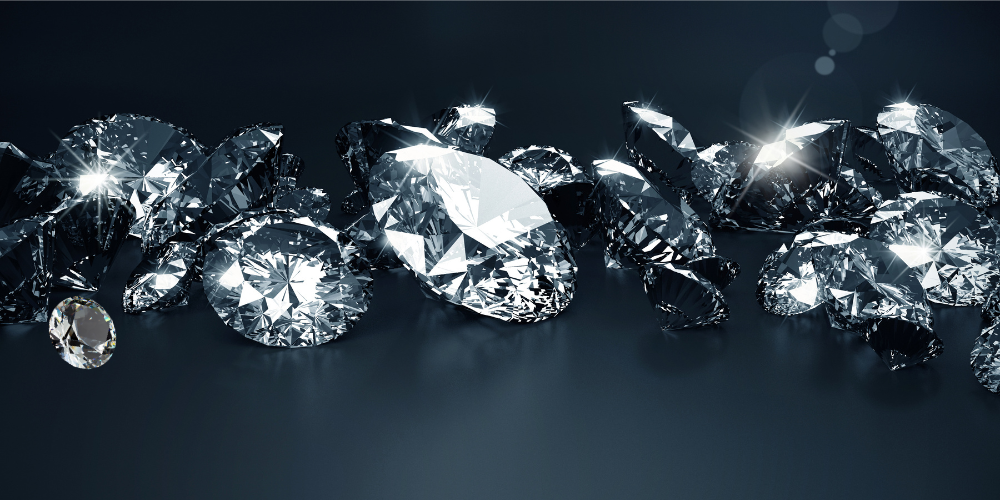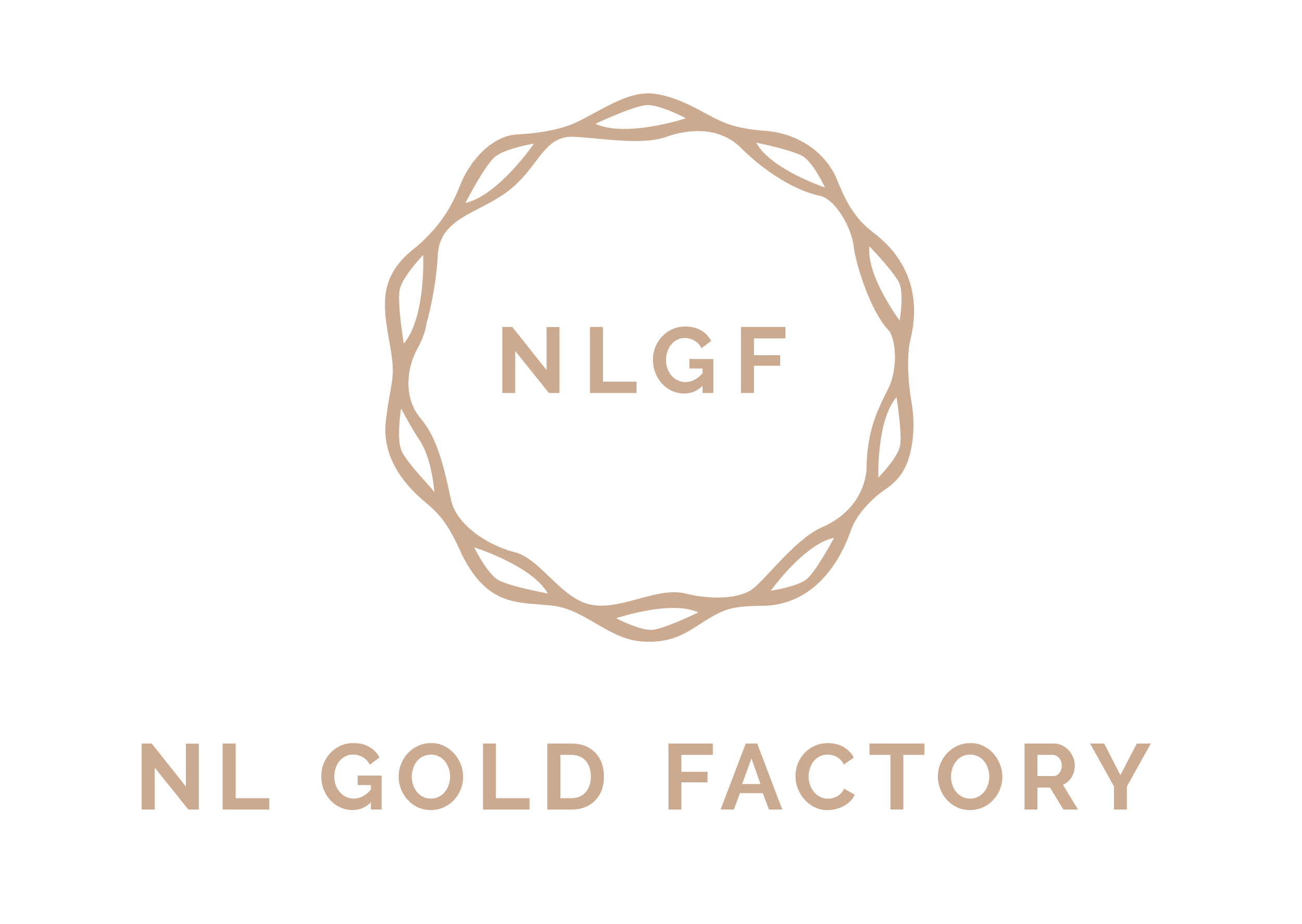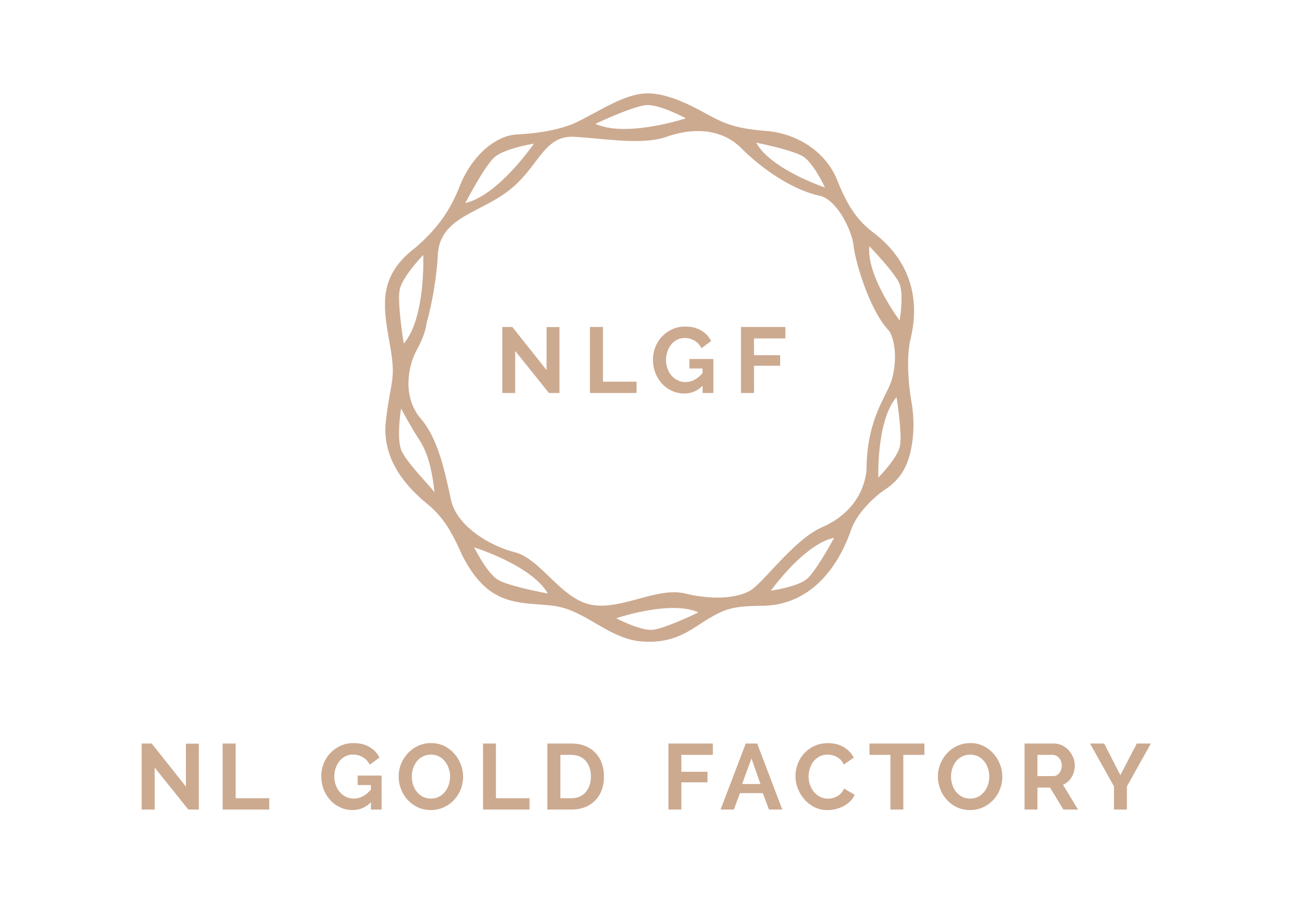
Natural Diamonds vs. Lab-Grown Diamonds: A Comprehensive Comparison
When choosing a diamond, you’ll come across two primary types: natural diamonds (mined diamonds) and lab-grown diamonds (also called synthetic or cultured diamonds). While both types are chemically identical and share the same physical and optical properties, there are key differences that can impact your decision. Here’s a detailed breakdown:
- Origin
- Natural Diamonds:
- Formed over billions of years under extreme pressure and temperature deep within the Earth’s mantle. Natural diamonds are created through geological processes that take place over millions of years.
- Mined from the Earth in various locations around the world, including countries like Botswana, Russia, Canada, and Australia.
- Lab-Grown Diamonds:
- Created in a laboratory using advanced technology that mimics the natural conditions that produce diamonds deep within the Earth. This process typically takes a few weeks to a few months.
- There are two main methods for producing lab-grown diamonds:
- High Pressure High Temperature (HPHT): This process replicates the high pressure and temperature conditions of the Earth’s mantle.
- Chemical Vapor Deposition (CVD): In this method, gases are heated and then react to form a carbon structure, which eventually grows into a diamond crystal.
- Chemical Composition & Physical Properties
- Natural Diamonds:
- Composed of pure carbon atoms arranged in a crystal lattice structure, which gives diamonds their renowned hardness (10 on the Mohs scale), brilliance, and sparkle.
- Each natural diamond can have unique inclusions (imperfections) due to the natural processes that form it.
- Lab-Grown Diamonds:
- Lab-grown diamonds are also made of pure carbon and have the same crystal lattice structure as natural diamonds. This means they are chemically, physically, and optically identical to natural diamonds.
- Lab-grown diamonds can also have inclusions, though these are usually different from those found in natural diamonds due to the controlled environment of their creation.
- Appearance & Quality
- Natural Diamonds:
- Often have unique natural inclusions (called "blemishes" or "characteristics") that help gemologists identify them.
- The color and clarity of natural diamonds can vary widely, and higher-quality diamonds (with fewer inclusions and better color) are rarer and more expensive.
- Lab-Grown Diamonds:
- Appear identical to natural diamonds to the naked eye. Lab-grown diamonds are graded on the same 4 Cs (cut, color, clarity, and carat weight) as natural diamonds.
- Some lab-grown diamonds may exhibit different inclusions or growth patterns, which can be detected through specialized equipment, but they generally look just as stunning and can be of the same or even better quality.
- Price
- Natural Diamonds:
- Typically much more expensive due to their rarity, the costs associated with mining, and the long time it takes to form them.
- The price can also reflect the diamond's rarity, such as its size, color, and clarity.
- Lab-Grown Diamonds:
- Generally 20-40% more affordable than natural diamonds, even though they offer the same visual quality and durability.
- Lab-grown diamonds are more cost-effective because they are produced in a controlled environment, eliminating the costs of mining and the lengthy geological processes.
- Ethical Considerations
- Natural Diamonds:
- Mining natural diamonds can have significant environmental impacts and may contribute to harmful practices in some regions (e.g., "blood diamonds" or conflict diamonds).
- Efforts to mitigate these concerns have led to initiatives like the Kimberley Process, which aims to prevent the trade in conflict diamonds. However, it’s still a topic of concern for many buyers.
- Lab-Grown Diamonds:
- Ethically sourced and conflict-free by design. Lab-grown diamonds are produced in controlled, sustainable conditions, ensuring no exploitation or environmental harm in the process.
- They are an attractive option for those who want a diamond with a guarantee of ethical sourcing and reduced environmental impact.
- Environmental Impact
- Natural Diamonds:
- Diamond mining has a significant environmental footprint, including habitat destruction, pollution, and carbon emissions. Large-scale mining operations often leave behind substantial waste and can be harmful to local ecosystems.
- Lab-Grown Diamonds:
- The environmental impact of lab-grown diamonds depends on the energy source used to create them. While they are more energy-efficient and environmentally friendly than mining, renewable energy can make the process even more sustainable.
- Overall, lab-grown diamonds tend to have a lower carbon footprint compared to natural diamonds, especially when produced using clean energy.
- Resale Value
- Natural Diamonds:
- Traditionally, natural diamonds have been seen as investments due to their rarity and historical significance. However, the resale market for diamonds can be unpredictable and often does not recoup the original price paid.
- Natural diamonds also have strong brand value, and certain diamonds (e.g., rare colors or large stones) can fetch high resale prices.
- Lab-Grown Diamonds:
- Lab-grown diamonds generally have lower resale value because they are more abundant and easier to produce. While they are identical in appearance to natural diamonds, they do not carry the same long-term value in the resale market.
- However, this doesn’t diminish their appeal as an affordable and ethical choice.
- Perceived Value
- Natural Diamonds:
- For many, natural diamonds carry a sense of tradition, luxury, and rarity. They are often viewed as symbols of timelessness and enduring love, especially for engagements and weddings.
- The marketing around diamonds has historically emphasized their scarcity, which has contributed to their high perceived value.
- Lab-Grown Diamonds:
- Lab-grown diamonds are still relatively new to the market, and their perception is evolving. They are often seen as a more responsible, ethical, and affordable alternative to natural diamonds, especially for environmentally-conscious consumers.
- While lab-grown diamonds are becoming more popular, they may not yet carry the same symbolic weight or "luxury" cachet that natural diamonds do in some circles.
- Availability
- Natural Diamonds:
- Limited by geological processes, natural diamonds are rarer, and large or high-quality stones can be especially hard to come by. Their rarity often drives up the price.
- Lab-Grown Diamonds:
- Available in a wide range of sizes, shapes, and qualities, lab-grown diamonds can be produced on demand, giving buyers more options in terms of custom designs and affordability.
- The technology behind lab-grown diamonds is continually advancing, allowing for the production of larger stones and diamonds with fewer imperfections.
Summary Table:
|
Feature |
Natural Diamonds |
Lab-Grown Diamonds |
|
Origin |
Formed naturally over billions of years |
Created in a lab through advanced technology |
|
Price |
More expensive due to rarity and mining costs |
More affordable (20-40% less) |
|
Physical Properties |
Identical to lab-grown, but with natural inclusions |
Identical to natural diamonds, with different inclusions |
|
Ethics |
Can have ethical concerns (conflict diamonds, mining impact) |
100% ethical and sustainable |
|
Environmental Impact |
Significant environmental and ecological cost |
Lower environmental footprint, depending on energy used |
|
Resale Value |
Higher resale potential, depending on quality |
Generally lower resale value |
|
Rarity |
Rare and limited |
Abundant and reproducible |
|
Perceived Value |
Traditional, high luxury status |
More affordable, ethical alternative |
Which One Should You Choose?
- Natural Diamonds are ideal for those who value tradition, rarity, and luxury, and are willing to pay a premium for these characteristics.
- Lab-Grown Diamonds are an excellent choice for those seeking an affordable, ethical, and environmentally-conscious alternative without compromising on beauty, quality, or durability.
Ultimately, both options are stunning choices for engagement rings, jewelry, and other meaningful occasions, and the best choice depends on your budget, values, and personal preferences.




